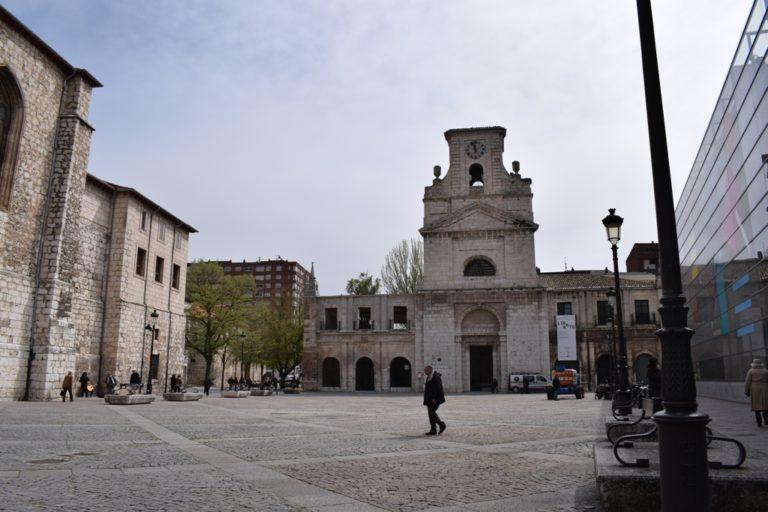1. LAS LLANAS
The Llana de Afuera and Llana de Adentroare privileged witnesses to the passing of the centuries around the cathedral area and evidence of the ongoing extension of the city towards flatter areas by a population who originally lived on the hills of the castle. Here we can find some of the most symbolic corners of the historical city, its cobbled squares being a major feature.
2. HUERTO DEL REY
Commonly known as “La Flora”, formerly‘plazuela del Obispo de Almería’ and ‘plazuela de la Armería’. This is where the old palaces with their adjacent properties were located that belonged to King Fernando I of Castile of the 16thcentury. Over time, this square hosted the residences of prominent local families during the 16th and 17th centuries. Inthe 18th century, as a result of therestoration and remodelling of this area, a new fountain dedicated to the Roman Goddess Flora, mother of nature, was built. The sculpture of the fountain was designed by local sculptor Manuel Romero.
3. PLAZA MAYOR
In the past it had various names, one of the best known being ‘Plaza del Mercado Menor’. Today, its design is still related to trading activity. All of this coexisted with its role as a place of celebration for the Saints’ feasts, dominated by the council located in the old Gate of Carretas, which was replaced at the end of the 18th century by the current city hallbuilding.
4. PLAZA DE SANTO DOMINGO
Formerly called ‘plaza del Mercado Mayor,’ this used to form, along with Plaza de la Libertad, the only space mainly dedicated to selling livestock. These two squares were separated in the 19th century after the building of Anton arcade.Nowadays, Plaza de Santo Domingo still remains one of the main commercial spaces in the city centre.
5. PLAZA DE LA LIBERTAD
Also commonly known as Plaza del Cordón (shoelace) due to the imposing presence of the Casa del Cordón, the official residence of the Catholic Kings during their stays in Burgos, this elegant urban space mostly played a commercial role, hosting theMercado Mayor, as well as stately and courtly celebrations in honour of the illustrious guests of the royal residence.
6. PLAZA DE SAN JUAN
Undoubtedly one of the most symbolic squares of the city. In the middle ages itwas home to an important healthcare complex forthe Camino de Santiago, where pilgrims gathered to be attended at the hospital. It was once the entrance gate to the fortified city, which was accessed through the Gate of San Juan. Nowadays, this square joins both old and modern Burgos, combining styles and with a clear cultural vocation. The remains of the old monastery host theMarceliano Santamaría museum. In what used to be the pilgrim’s hospital, today we find a modern library that only maintains the facade of the old building. We can also admire the beautiful Gothic church of San Lesmes, and the Gate of San Juan, just before crossing the bridge over the river Vena, separated by four stone lions with local emblems and symbols.
7. PLAZA DE MIO CID
Plaza del Mio Cid, formerly Plaza de San Pablo, leads to the bridge with the same name, and is where one of the twelve entrance gates to the city once stood. Its current look is due to the intense restructuring process that took place from the end of the 18th century, because it was the starting point of the emblematic Paseo del Espolón and where the monumental palace of the provincial council and the magnificent Teatro Principal are located. For a long time it was a stop for stagecoaches and gained its characteristic appearance when, in 1955, the equestrian statue of El Cid was built, dominating the square, the work of local sculptor Juan Cristóbal.



